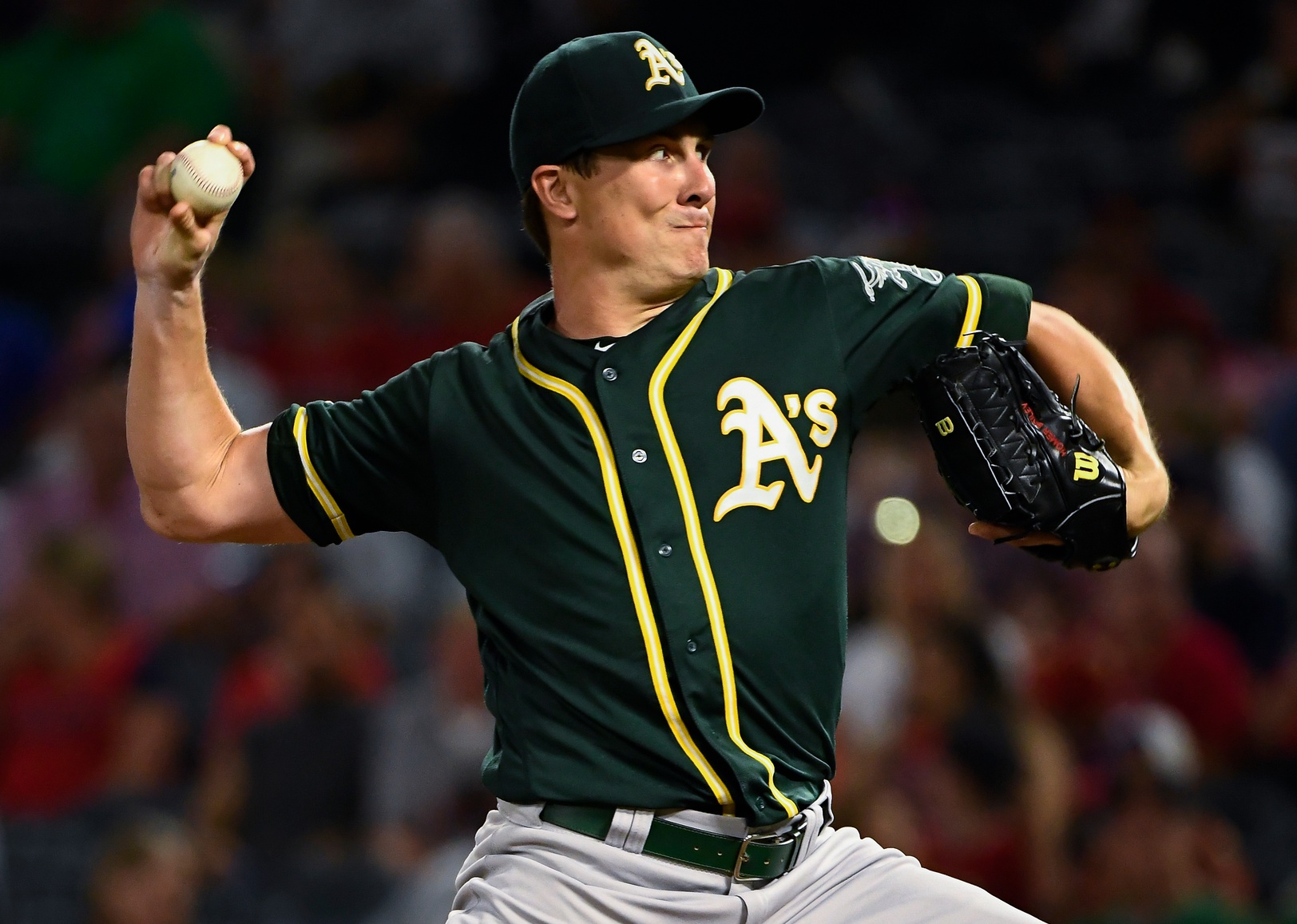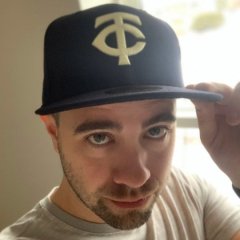
Twins Video
The Perez experiment is considered a failure in the eyes of many fans, but I'm not sure that's entirely fair. I was as skeptical as anyone of the value-driven acquisition at first, until I got down to spring training and saw the lefty with my own two eyes. All the talk about a mid-90s fastball and newly weaponized cutter... it was legit. He looked fantastic.
That carried over into the regular season. Through his first handful of turns in the rotation, Perez looked almost unhittable. The fastball/cutter combo was playing exactly to plan, and it appeared Minnesota's front office had unearthed an absolute gem. Things turned ugly from there, but Perez still wasn't a crippling liability; the Twins went 11-10 in his starts after June 1st, even as he posted a 5.93 ERA. He did what he needed as a fifth starter on a phenomenal offensive team. (And his appeal didn't totally wear off, since Chaim Bloom and the Red Sox quickly snatched him up for almost twice what Minnesota paid a year ago.) But obviously, the Twins needed to aim higher with his replacement in efforts to upgrade the rotation.
The similarities with Bailey aren't hard to see. Both were former top prospects who'd shown only flashes of excellence in the majors. Both went on intriguing late runs to finish the prior season – Perez showing gas out of the Rangers bullpen in late 2018, and Bailey looking brilliant down the stretch for Oakland in 2019. And in both cases, the Twins saw specific things they felt they could activate or tweak to improve results. The quotes from Derek Falvey after both signings ring quite similar.
https://twitter.com/SKORNorth/status/1100844737102299137
https://twitter.com/betsyhelfand/status/1212109208012951552
The key distinction, however, is that Bailey has already actualized his revival to some degree, riding his adjustments to a 2.25 ERA and 48-to-7 K/BB ratio in his final eight starts with the A's. The splitter he began unleashing with devastating efficacy is surely at the heart of Minnesota's assessment.
https://twitter.com/DanHayesMLB/status/1212124592732622854
https://twitter.com/AlexFast8/status/1212060314180739072
Perez's upside was always theoretical, founded on a brief bullpen stint and a lot of projection, unlike Bailey's fairly convincing stretch run which included impressive showings against the Yankees (twice) and Astros. Plus, Twins pitching coach Wes Johnson now has a year of experience under his belt, whereas last year he was finding his way as a first-time MLB coach straight out of college.
So there's more palpable reason for enthusiasm in Bailey's case. Still, one thing I can't get past is the lack of demand for either player on the open market. It wasn't terribly surprising that Perez got only one year and $3.5 million guaranteed, given his ugly 2018 season and the leap of faith being taken by Minnesota's front office in his case. But Bailey's late-season dominance in 2019 was on display for all to see. That splitter is no secret. He still couldn't get more than $7 million guaranteed, at a time where the hunger for quality starting pitching is ravenous?
That's conspicuous. It doesn't mean the Twins are wrong to believe in Bailey, but clearly they're bigger believers than others – including the Athletics, who saw his prowess first-hand and didn't seemingly push too hard to retain him. After seeing Minnesota's ostensible "bargain" deals for Lance Lynn and Logan Morrison in 2018 prove to be anything but, there's a warranted wariness that comes along with these low-dollar one-year pacts.
That sort of drives back to a general frustration with the team's continued lack of spending to address needs. It's not the money that matters, but what it represents: a willingness to aggressively pursue assets that are generating market demand. The signing announced in tandem with Bailey – Rich Hill for $3 million plus incentives – falls into the exact same basket.
It wouldn't shock me in the least if Bailey turns into a quality mid-rotation starter for Minnesota, joining the stable that is already in place. He's likely to be an upgrade over Perez, but right now, that isn't the guy he's replacing. It's Kyle Gibson, who signed with Texas for $30 million, for three years, early in the offseason. (Market demand.)
It's Gibson's spot the Twins should now be seeking to upgrade, and hopefully in a very significant way. As enticing a proposition for late-season impact as Hill might be, the 40-year-old shouldn't be viewed as more than a wild-card factor. There's still work left to do, and if the flexibility preserved by these budget-friendly signings is put to good use, the Bailey and Hill moves will look all the better in hindsight.
MORE FROM TWINS DAILY
— Latest Twins coverage from our writers
— Recent Twins discussion in our forums
MORE FROM TWINS DAILY
— Latest Twins coverage from our writers
— Recent Twins discussion in our forums
— Follow Twins Daily via Twitter, Facebook or email
— Become a Twins Daily Caretaker






Recommended Comments
Join the conversation
You can post now and register later. If you have an account, sign in now to post with your account.
Note: Your post will require moderator approval before it will be visible.